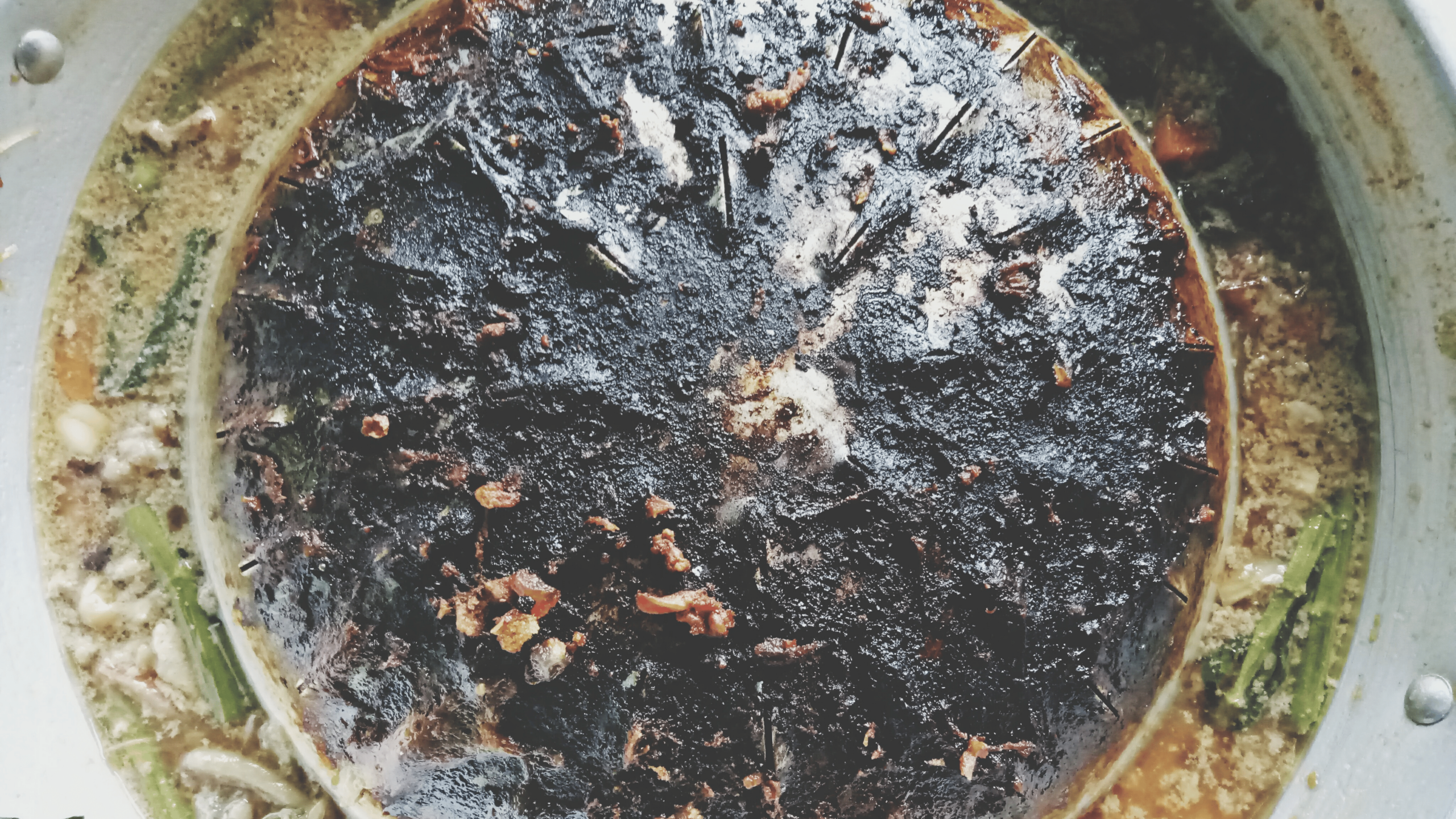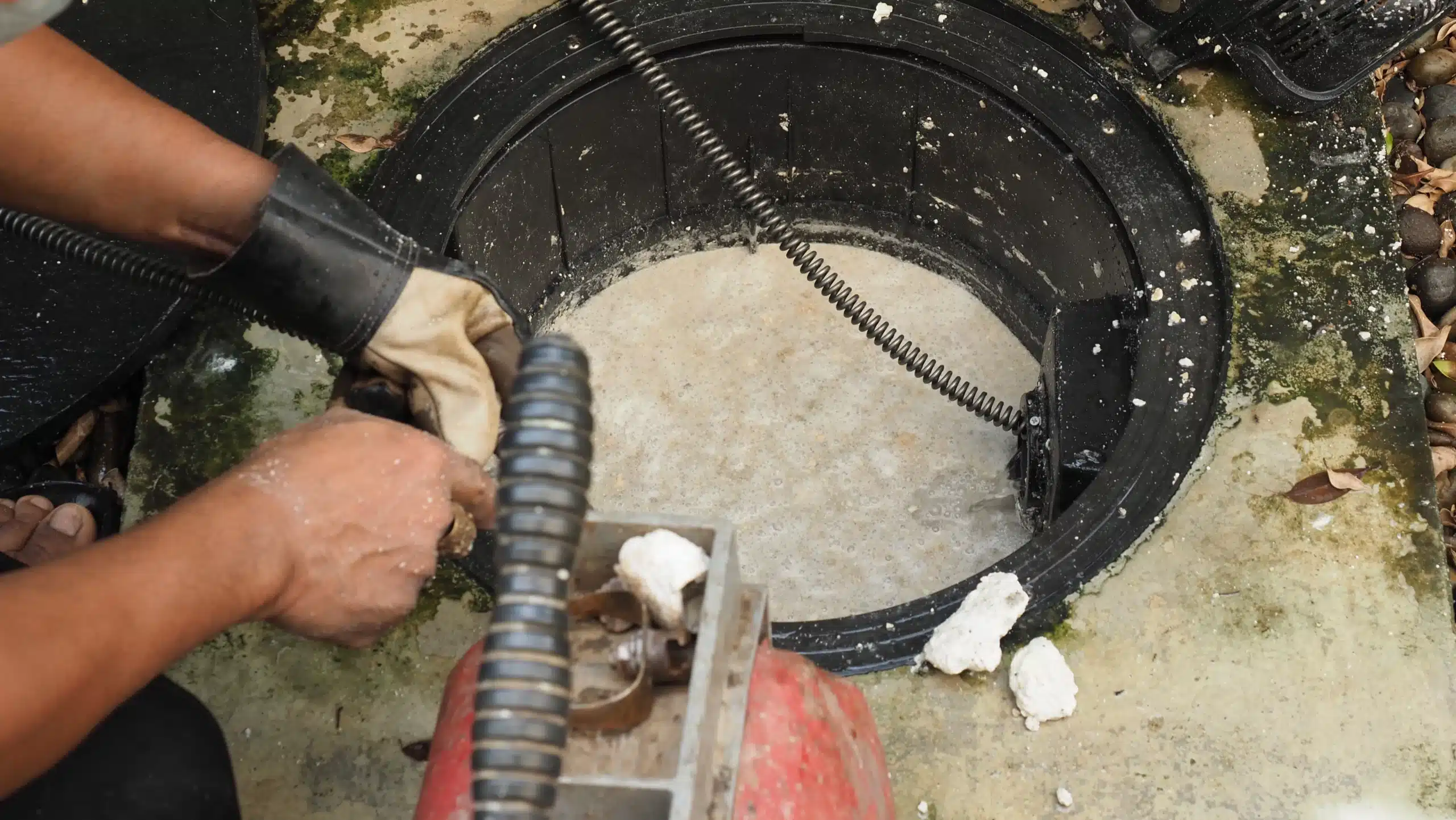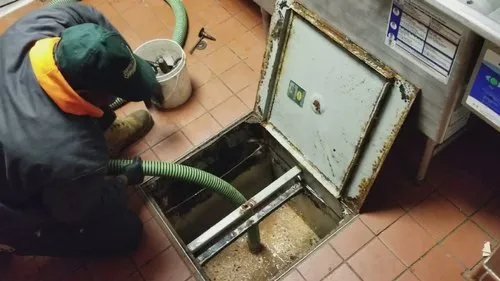How to properly clean a grease trap means leaving it sparkling, without odor. However, this is not always possible unless you hire a grease trap service.
Since grease trap installation is a requirement for commercial food businesses, it is vital to know about its maintenance. Cleaning it means you have to pump out the accumulated grease with a shop vacuum and then use hot, soapy water to clean it completely.
For many people, the tussle is whether to hire a professional service to do the grease interceptor cleaning or to train someone in-house to be doing it.
The best option is to hire a service provider to do the job. In fact, once you contract them, they will create a maintenance schedule and follow it.
Here are important tips to guide you on how to clean the grease interceptor:
1. Clean it on time always
If you make a habit of waiting for the grease trap to “announce” that it needs cleaning, of course, with the nasty smell and liquids flowing from under the cover, you will be too late.
Most people say that you should clean the grease trap interceptor at least once every three months. However, that interval also feels as if it is too long, so you can do it sooner.
Perhaps you should make a habit of checking the grease interceptor from time to time, especially if you run a very busy restaurant.
That way, you will never let the grease rise above 75%. As soon as you see that the trap is about three-quarters full, you should plan to clean it as soon as possible.
When the cleaning is in progress, you do not want the kitchen staff to be pouring more water into the trap.
You have to choose the least busy time of your business for the cleaning. Some people even prefer to do it after hours so that they do not have to stop their kitchen operations.
2. Hire a professional grease interceptor cleaning service
Grease interceptor cleaning is very hard work. It is dirty and spills can easily happen on the grass. What is even worse is that the old grease is very attractive to bacteria and houseflies.
Any spills that you leave lying around will attract these bacteria, which will breed and eventually find their way into your food.
When you hire a professional cleaning service, they will know what to do to prevent spills of the nasty grease.
They will also know the right tools to use to prevent these spills. When they are done cleaning, you will never know that they were there.
Some of the tools that this job needs are scrapers and shop vacuums. You use this one to pump out the floating grease. However, when you hire a team, they will worry about the tools.
After removing the old grease from the trap, the next problem arises – where to dispose of it! Can you sell it to recycling companies? Instead of worrying about all this, when you hire a professional service, they will take care of it for you.
After removing the grease, they will pack it in trash bags for easier disposal. If it can be recycled, they will advise you accordingly.
3. Use the right products to clean the grease interceptor
Out there in the market, you will be flooded with information about products that you can use to clean the grease trap.
Some of these are marketed as “enzymes” that break the grease apart so that it can flow into your septic tank and eventually into the municipal sewer lines. This is wrong!
The only way to dispose of the grease is to remove it from the trap, put it in the trash bags or have it recycled, if that is possible.
Any product that claims to break the grease is a lie. It does not work. It just separates the layers of grease from the water.
Thus, the FOG (fats, oils and grease) will eventually find their way into the sewer where they will solidify again and cause blockage.
After pumping out the grease and scraping the walls of the trap, the only product that you need to use is soap and hot water.
You should use no other products for this cleaning job.
4. Do line jetting from time to time
Line jetting is a process where you use a powerful hose to jet water under pressure through your kitchen piping. The pressure in the water is going to dislodge any grease that could be caking the pipes.
Of course, you cannot do this on your own. The team that comes to do your grease trap cleaning will do the job.
Every busy commercial kitchen needs the jetting service. It is a preventive measure for ensuring that there is no debris lodged on the walls of the pipe, reducing the surface area for wastewater flow.
5. Cleaning the grease trap frequently is cheaper
You should never skip even one skipping session of the grease interceptor cleaning. Most people do this without knowing that eventually, skipping one session or two will cost them dearly at the end.
When you leave grease too long, it hardens up. Thus, it becomes harder to remove. Most of the professional cleaning services will charge you by the hour.
The hard grease will take longer to clean out and the longer the cleaners stay on the job the more you will pay them.
If you skip a cleaning session and the liquids from the trap spill over to the street, you could face hefty fines from the municipality or even closure of your business.
The smell emanating from the overfilled trap will get into your kitchen and restaurant customer area. In the end, it can even cause serious customer losses.
Final thoughts on how to properly clean a grease trap
Never neglect to clean your grease trap. It is best to contract a company to do it to prevent spills from happening.
Also, ensure that only a professional team installs the grease trap. If the installation is not right, it could cause a lot of clogging problems in future.
The importance of a working, well maintained grease interceptor system cannot be overemphasized. It is a very important part of your kitchen system and it is also a legal requirement.


